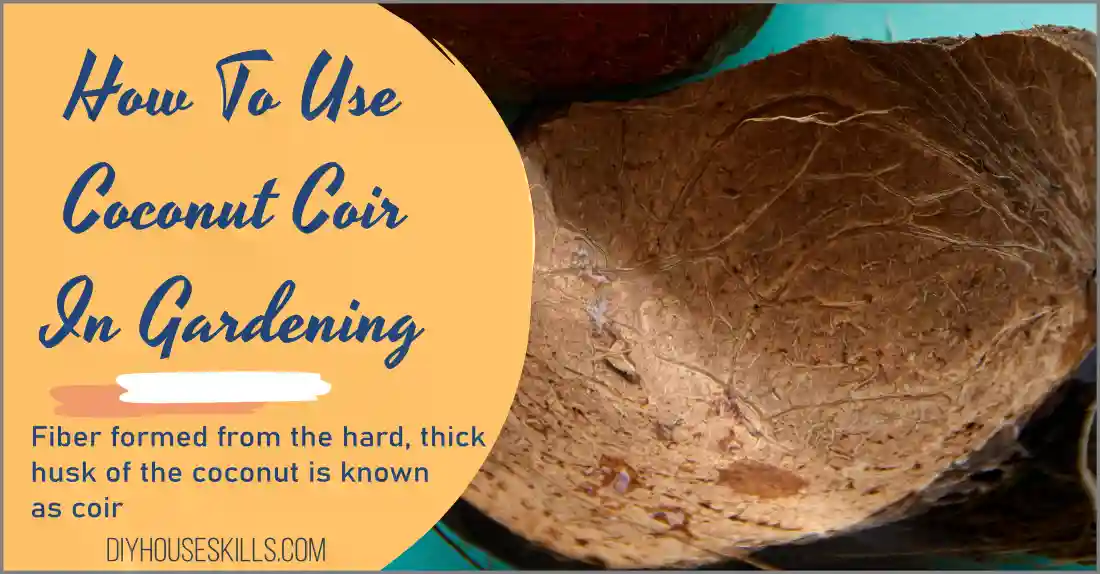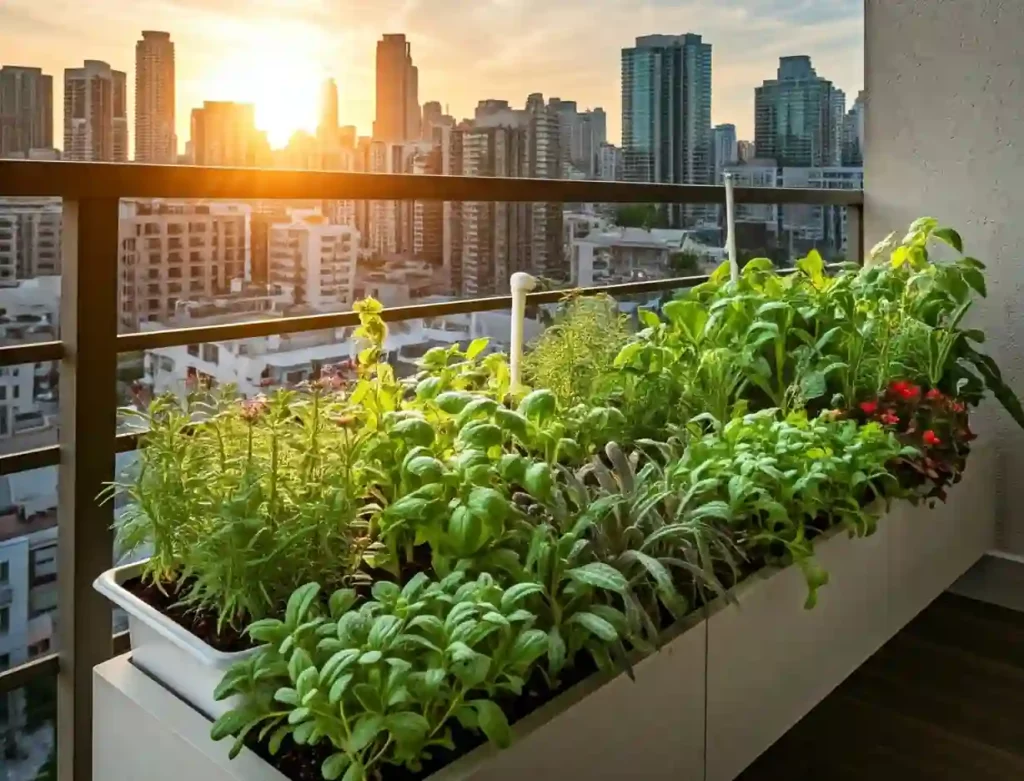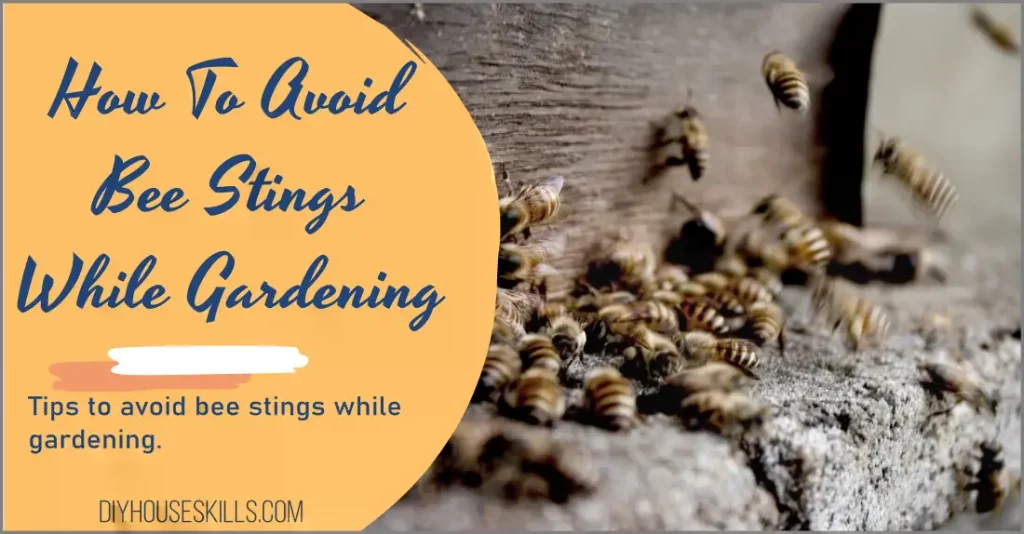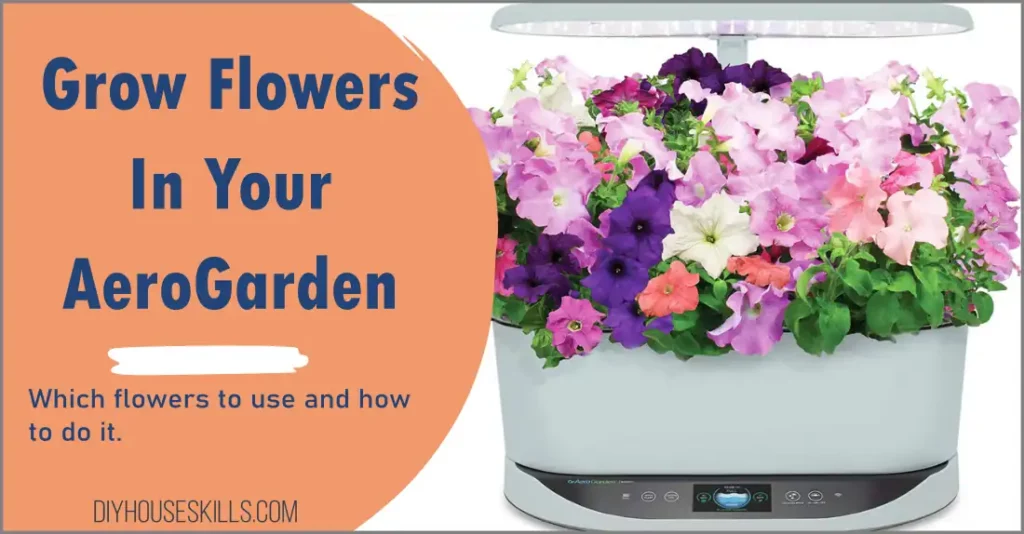The word “coconut coir” tells you all you need to know about what it is. That which comes from coconuts is the principal source of this natural compound.
A fiber formed from the hard, thick husk of the coconut is known as coir.
However, do you know how to use coconut coir in gardening? The answer may surprise you.
This is an interesting fact: in Asia, coconut coir has been used for thousands of years. Other nations have recently discovered the gardening advantages of this organic substance. Coconut coir was generally overlooked as an organic and environmentally friendly growing medium until the late twentieth century.
THIS POST MAY CONTAIN AFFILIATE LINKS. As an Amazon Associate, I earn from qualifying purchases. PLEASE READ MY DISCLOSURE FOR MORE INFO.
Producing Coconut Coir
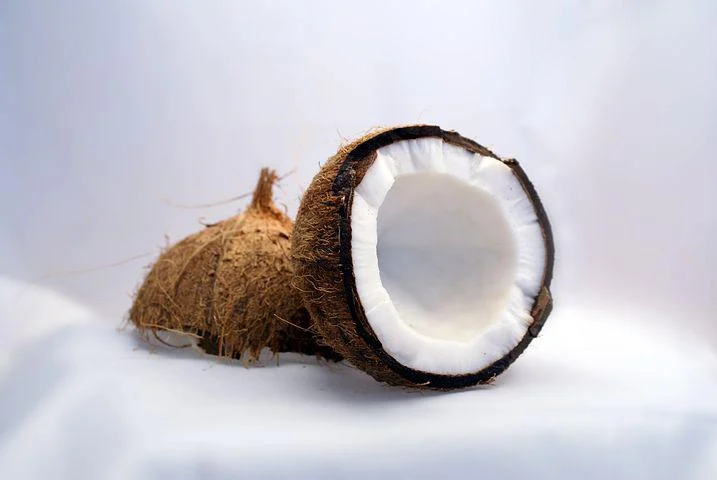
A compact growing medium made from pulverized coconut coir grains is what goes into making coconut coir.
The husk pulp of coconuts decomposes naturally in a process called retting. Coconut husks had to be soaked in water for at least six months before they started to dissolve prior to modern production methods.
Because of the speed and ease with which it can now be processed, retting coconut coir is now a cost-effective and readily accessible resource for all of us.
Following retting, steel combs are used to extract the coconut fiber from the shells. Following extraction and collection, the fiber is dried. Mulch may be bagged or crushed into a variety of forms if you desire a more equal distribution.
Also Read: The 5 Best Indoor Garden Systems (Reviewed And Compared)
Varieties Of Coconut Coir
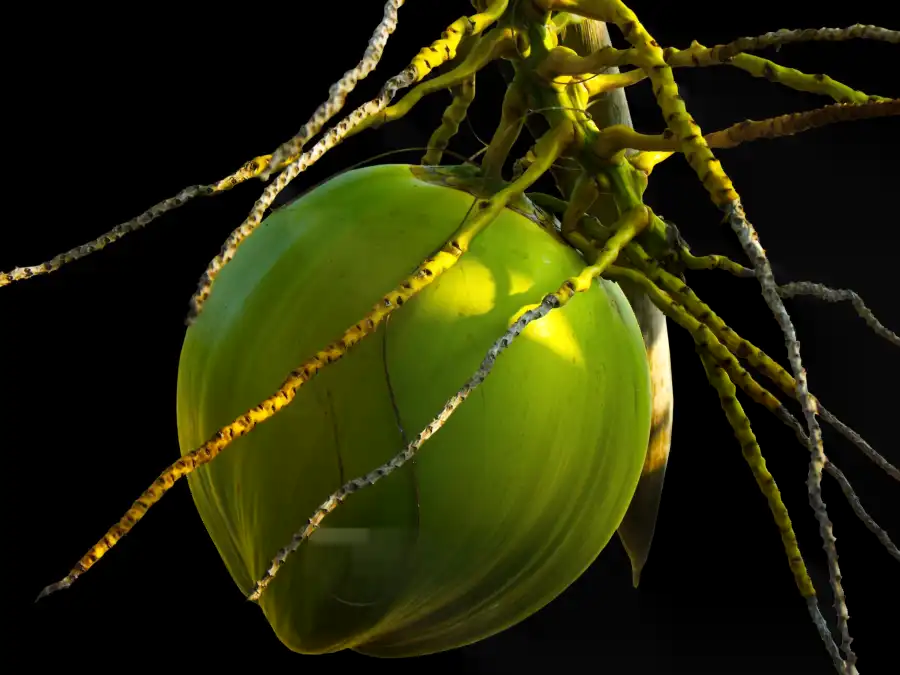
You need to be aware of the many types of processed coco coir that are out there if you want to use it in your garden. As a result, there are several benefits to blending different types. The following subtypes of coco coir exist:
Coco Pith
In terms of appearance, the coco pith resembles peat moss due to the similarity of the coco coir fibers. Its deep, ominous color sets it apart from the others. Coco pith’s high water-holding capacity is due to its density. For plants that are vulnerable to root rot and overwatering, it is not recommended to use it since it is very efficient at holding water.
In fact, they look like small bundles of coco fiber.
Coco Fibers
Coco fiber aid in aeration because they let oxygen reach the roots. When it comes to the area of “green gardening,” reusing existing materials is a must, and this Coco Coir is sturdy enough to do it.
Coco Chips
Coco chips blend the best of peat and fiber into a single product. As a water-retention and air-spacing medium, chips thrive in irrigation.
Also read: How Compost Bins Work and Benefits of Using One
Coconut Coir Advantages
There are several advantages of using coconut coir.
- This organic substance greatly simplifies environmentally responsible farming. In addition to its many benefits, coconut coir is also environmentally friendly.
- The harvesting time for coconut coir is much shorter than for peat, at just a few years rather than millennia.
- Gardeners who are concerned about the future of our planet’s natural resources may consider using coconut coir as a potting medium. A biodegradable and renewable alternative to perlite or vermiculite, coconut coir is better for the environment than any of these materials.
- In terms of pH, it’s in the middle of the spectrum. pH nears neutrality when manufactured from coconut fibers. Its pH ranges from 5.0 to 7.0, giving it an excellent starting point for any plant.
- Adding coconut coir to the mix before planting flowers helps with drainage, water retention, and aeration.
- The lack of germs and fungi in good quality coconut coir makes it free of pests and illness.
Also read: Growing Indoor Microgreens DIY (Easy and Cheap)
Coco Coir’s Applications
There are several applications for this chemical compound, including:
With any kind of garden, coconut coir is a great addition to your soil. The product’s water retention and aeration are two of its most amazing characteristics. Coco coir is an excellent choice for gardens with clay soil because of the material’s ability to absorb water.
The sandy soil in your garden will benefit from increased moisture retention if you add coco coir to the mix.
Similar to how Coco Coir enhances garden soil, Coco Coir may also be an ideal component of Soilless Potting Mix. Soil water retention and drainage will be improved as a result.
If you’re worried about the influence of your gardening on the environment, consider using coco coir instead of peat moss. Unlike peat bogs, which are nonrenewable, coco coir is a more sustainable source of peat.
However, there are certain benefits to using coco coir over peat, including the fact that it is simpler to deal with. It’s better for a larger variety of plants since its pH is almost neutral. Peat, on the other hand, is less able to absorb nutrients and hold water.
Also read: Best Mason Bee House DIY Steps | Avoid This
Indoor Usage
As an excellent substrate for growing houseplants, coco coir can retain moisture and promote optimal air circulation.
For indoor plants, we suggest using the smallest coco bricks you can find. The brick must be soaked in water before it may be broken. It’s counterproductive to overhydrate while you’re a gardener since you’ll be using so many things. It is also recommended that houseplants be given nutrients including nitrogen, phosphate, and potassium in order to maintain their health.
You may grow succulents in coco coir, but keep an eye on its ability to retain moisture. The roots of succulents may decay if they are kept in water, which is why most of them hate it. Before using coco coir to cultivate succulents, improve drainage by mixing with pumice, perlite, or fine grit. Never allow your plants to dry out completely after they have been watered.
For The Garden
When using coco coir in your garden, be sure to take the local soil into account. You’ll be able to figure out how much coir your plants need based on this data. Clay soil might make it difficult to grow vegetables or other plants in your yard. To help the roots expand and thrive, add some coco coir to the soil before you plant your greens.
In contrast, if your garden’s soil is sandy, your plants may struggle to thrive. Your garden’s ability to retain water and moisture will be greatly enhanced with coco coir.
Preparation of coco coir for indoor use requires the addition of fertilizers, just as preparing coco coir for outdoor use does.
Also read: Growing Vegetables Indoors For Beginners (Your Complete Guide)
How To Use Coconut Coir – Summary
Coconut coir may be a great gardening tool if handled appropriately. In addition to being long-lasting and ecologically safe, it offers a wide range of features that may be put to use in the care of your plants. Adding coconut coir to your soil might help your plants retain more water and moisture. It is possible to reuse this organic material if your plants need a less dense-growing medium. The best feature about coconut coir is that it’s non-toxic.
- Self-Watering Gardens for Small Spaces: Grow Big in Tiny PlacesDreaming of a lush garden but only have a tiny balcony? Self-watering garden systems are your answer! Discover how these ingenious planters and DIY setups can help you create thriving green spaces, even indoors. Find… Read more: Self-Watering Gardens for Small Spaces: Grow Big in Tiny Places
- Keep Those Pesky Bees Away From Your Hummingbird FeederIf you’re one of the many people who enjoy watching hummingbirds feed, you may have also noticed that bees are often drawn to the sugar water in these feeders. While bees can be beneficial to… Read more: Keep Those Pesky Bees Away From Your Hummingbird Feeder
- Best Mason Bee House DIY Steps | Avoid ThisToday mason bee houses have become very popular. Bees in general have been in decline which has sparked concern among many people. Building your own DIY backyard mason bee house is a project anyone can… Read more: Best Mason Bee House DIY Steps | Avoid This
- Expert-Backed Tips to Avoid Bee Stings While GardeningGardening is a passion for many, but the presence of bees can cause discomfort and fear. As a seasoned gardener with years of experience under my belt, I’ve learned to appreciate the essential role bees… Read more: Expert-Backed Tips to Avoid Bee Stings While Gardening
- The Benefits of Growing AeroGarden FlowersGrowing flowers in an AeroGarden is a great way for DIY homeowners to add color and life to their homes. With its self-contained design, easy setup, and versatile growing options, the AeroGarden makes indoor gardening… Read more: The Benefits of Growing AeroGarden Flowers
